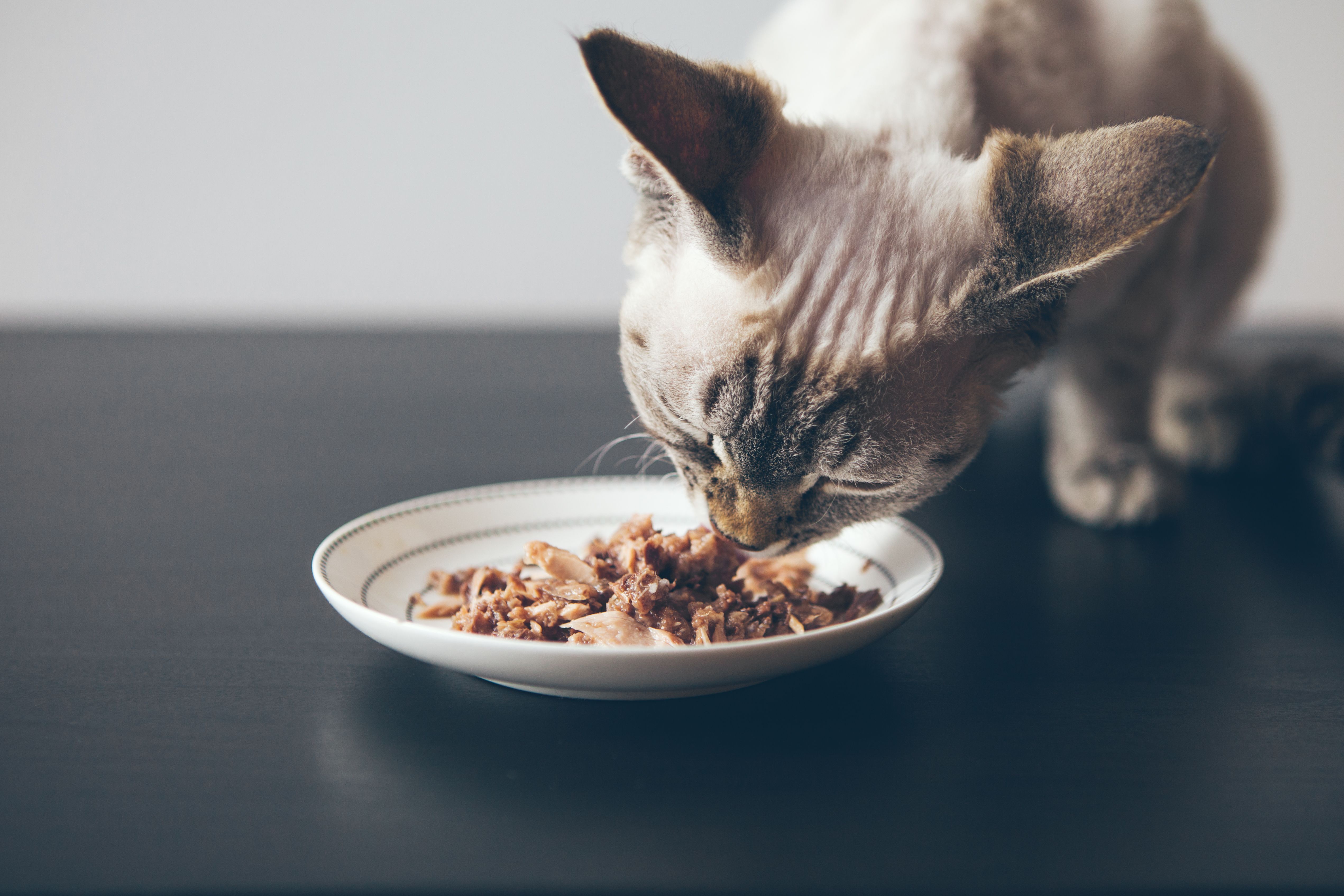Food label updates
The Association of American Feed Control Officials announced recently that food labels are going to change. The 4 areas of change are as follows:
- Nutrition fact box
- Ingredient statement
- Intended use statement.
- Handling and storage
When clients come to you for feline nutrition advice, are you prepared to help?
Photo: Veera/Adobe Stock

There are so many diets out there for feline patients. Grain, raw, moist, dry, and more can affect pet owners because they begin to stress over what is best for their animal. Because of this, they will turn to their veterinary team to help them decide what is best. When these questions arise in the exam room, are you prepared to give them helpful advice?
Valerie Parker, DVM, DACVIM (SAIM, Nutrition), a clinical professor at The Ohio State University College of Veterinary Medicine, Columbus, reviewed common questions that cat owners may have when it comes to feeding their pet correctly, and how you can steer them in the right direction, during her lecture “Critical Nutritional Foundations for Every Cat” at the American Association of Feline Practitioners Conference in Memphis, Tennessee.1
What do you recommend?
Clients take the food they are giving their pets seriously, especially new or first-time cat owners as well as those whose animal has recently been diagnosed with a new medical condition. Before any diet recommendations are made or brought up for consideration, veterinary teams must complete a diet history, according to Parker.
An extensive diet history should include the brand of food, flavors, and amount they are given daily along with any treats, toppers, or medications administers. To make this easier for clients, Parker recommended using a diet history form like the World Small Animal Veterinary Association’s form in its digital nutritional toolkit.2
As veterinary professionals, you should be investigating companies that clients are asking about or that you are debating on recommending. However, for those are unsure on what they should be looking for in a company, Parker gave this advice to attendees: “We ideally want our platform companies to have at least 1 full time veterinary nutritionist on staff,” she explained. “It should ideally be someone, [with] either a PhD in nutrition, ideally even the species that's making the pet food or a board-certified veterinary nutritionist. You ideally want these companies to have good research and development departments, excellent quality control standards, and they should be able to provide full nutrient profiles for all diets. When all the nutrient profiles for every diet look exactly the same, it does give me a little bit of pause.”
Parker told attendees that research and recommendations require some personal experience as well. If you have seen success with a product for years to decades and your patient that eats it is doing well on it, that should weigh in on their decision as well. She also warned attendees that if a client brings a food to you that you have never heard of, it does not necessarily mean that it is not a good one. She encouraged attendees to do some investigating and then give their client an honest opinion of the product.
The Association of American Feed Control Officials announced recently that food labels are going to change. The 4 areas of change are as follows:
What does this mean on the label?
Although pet food labels can contain useful information for both pet owners and veterinary teams, the limitations must also be discussed. Pet food labels must provide an ingredient list that is ordered by weight as well as a guaranteed analysis presented with at least the minimum crude fat protein, crude fat, the maximum crude fiber, and the maximum moisture concentration. Parker also said a crucial part of the pet food label that should be there is the Association of American Feed Control Officials (AAFCO) statement, which is required by law.
“The AAFCO statement should tell you a few things. It should tell you [whether the] diet provides complete and balanced nutrition, and it should tell you for which life stage or stages [it is recommended for]. It also will tell you how it was determined to provide a complete and balanced nutrition, whether that was through feeding trials, or if it was formulated,” said Parker.
Take away
It is no secret that pet owners will sometimes use food to show love and to bond with their pet. Because of this, helping them understand what food is best for their pet is the best way you and your team can help make sure these pets are getting all the nutrients they need to live a healthy and happy live. By being prepared to have the conversation, you are providing the care that your patients need, and the advice pet parents are looking for.
References
